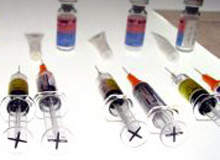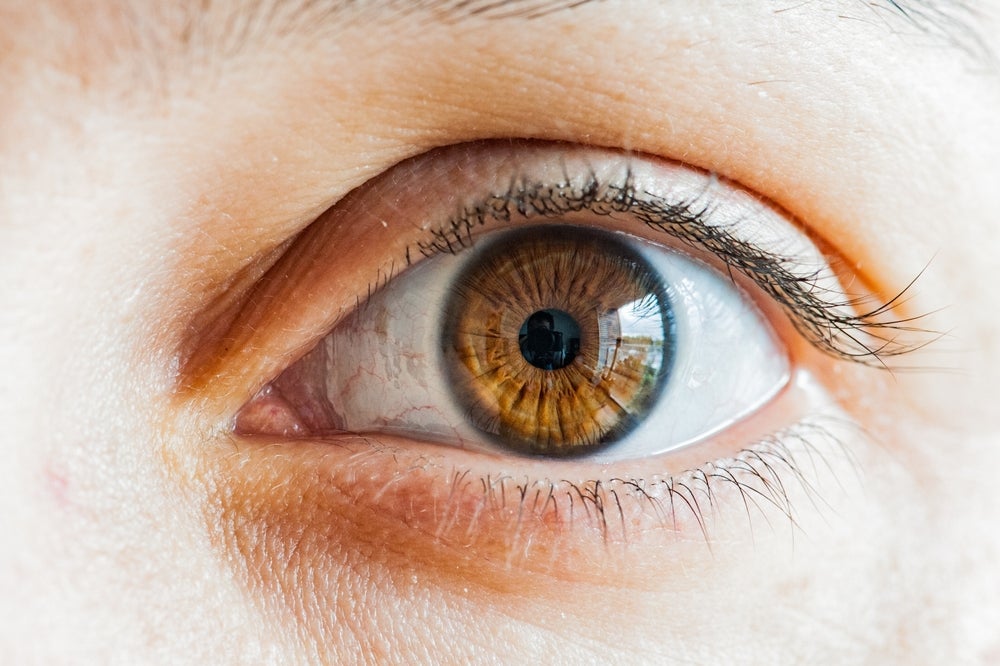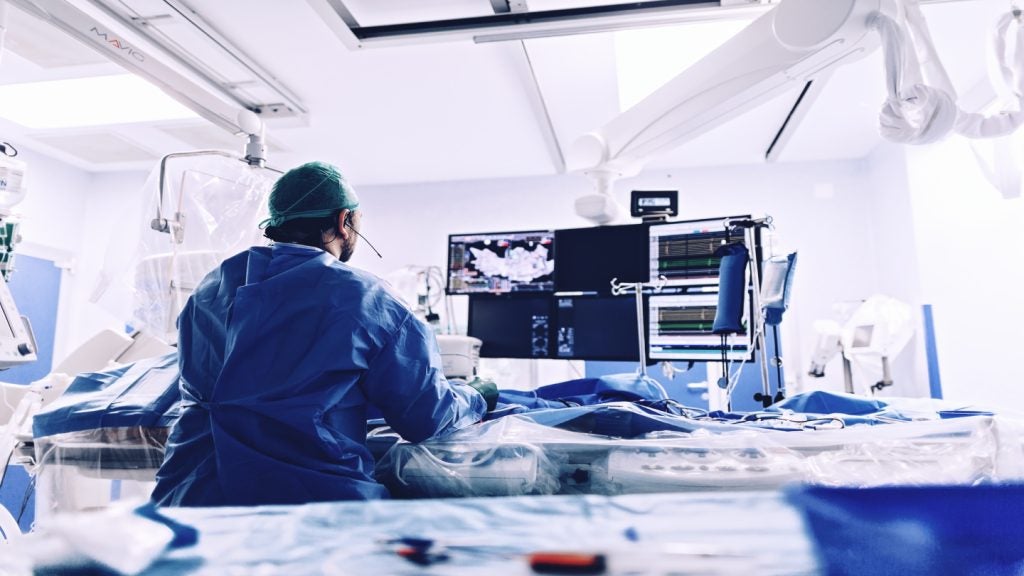
Consumer and food packaging design is less complicated than creating a successful, long-term design for medical devices packaging. This is most likely due to the paper work, material traceability and validation requirements for product packaging. These requirements affect the entire process from materials production to the end user.
Europe has also added packaging disposal to the mix. However, an effective package system can be beneficial for use by doctors as well as distribution personnel and for hospital storage systems. Production lines can more efficiently package the product. Effective packaging can be a marketing tool, lower product costs and reduce waste.
The ISO has developed common terminology for medical device packaging. The US FDA is currently harmonising its requirements with ISO requirements, so the terms must be understood. Three phrases in particular are prevalent in the medical packaging industry:
- Sterile barrier system: often called a primary package – a package that touches the product
- Protective packaging: often called a secondary package – a package that protects the sterile barrier system and contents from damage, usually with several layers
- Packaging system: often called a final package – the combined sterile barrier system with product and protective packaging
STANDARDS AND GUIDELINES
The ISO, along with the Association for the Advancement of Medical Instrumentation (AAMI) and the American Society of Testing and Materials (ASTM), addresses minimum packaging system design input items for sterilised devices in the following standards and guidelines:
See Also:
- ISO standard, 11607 – Part 1 and 2. The full titles are: Packaging for terminally sterilised medical devices – Part 1: Requirements for materials, sterile barrier systems, and packaging systems; and Packaging for terminally sterilised medical devices – Part 2: Validation requirements for forming, sealing and assembly processes. The ISO 11607-1 and -2 standards were published in April of 2006. They are an expansion of the original ISO 11607, first published in 1997.
- AAMI Technical Information Report (TIR) has more US-specific information with test methods for potential use. The current TIR 22 is AAMI TIR 22: Guidance for ANSI/ AAMI/ISO 11607, Packaging for Terminally Sterilised Medical Devices. A new TIR 22 is in the draft stages for US guidance on the ISO 11607-1 and -2 standards and should be published by the end of 2006.
- ASTM has a design and testing guide for potential use with sterile barrier material selection and performance evaluation. The guide is named ASTM F2097, Standard Guide for Design and Evaluation of Primary Packaging for Medical Devices.
There are ISO standards for many types of medical devices that must be read and understood; packaging tests are sometimes incorporated into specific device standards required for device CE marking. As we have seen, the FDA is harmonising many of its requirements with ISO documents. These standards and guidelines are available for purchase on the internet.
How well do you really know your competitors?
Access the most comprehensive Company Profiles on the market, powered by GlobalData. Save hours of research. Gain competitive edge.

Thank you!
Your download email will arrive shortly
Not ready to buy yet? Download a free sample
We are confident about the unique quality of our Company Profiles. However, we want you to make the most beneficial decision for your business, so we offer a free sample that you can download by submitting the below form
By GlobalDataAnother good source of information is the Institute of Packaging Professionals (IoPP). Its Medical Device Technical Committee sponsors various conferences, guidance documents and investigational work for packaging systems.
PATIENT SAFETY
The first concern for a sterile medical device packaging system is patient safety. The packaging system must allow sterilisation, maintain sterility and functionality until use, and allow aseptic presentation. Device contamination must be avoided. These design attributes cannot be compromised. Risk assessment plans can evaluate patient safety concerns regarding certain devices and their packaging systems.
There are many aspects of the sterile barrier system to consider before developing an effective packaging system. Inputs that affect the form, fit or function of a device or packaging system should be documented in a design control system. There are many items to consider, define and understand in order to develop a safe and economical packaging system.
Focusing on patient safety to the exclusion of everything else could significantly increase non-patient safety risks – such as manufacturability, shelf fit, cost, availability and shipping. The sterilisation method would be considered a high risk for patient safety. In the case of ethylene oxide (EtO), a number of input items for the sterile barrier system should be considered:
- Material porosity
- Material particulate – innate, process, shipping or handling contamination
- Biocompatibility and cytotoxicity testing availability
- EtO process heat and vacuum cycles
- Survival of multiple sterilisation cycles if the equipment stops during the required sterilisation cycle
- Necessary seal strength – to survive sterilisation, distribution, and for ease of opening
- Highest, lowest and nominal seal strength settings from production, which require testing
- Ensuring materials and equipment are traceable to the testing conducted and the production lines used, unless there are equivalency statements possible
- Justification of an equivalency statement, when required
- Effect of protective packaging on the sterilisation capabilities
- Effect of a supplier stopping material production if the packaging material is unique
- Labelling required during processing and product identification for the consumer
- Languages required for the labelling to fit in the space available
Another high-risk item to address is distribution; some of the risk is associated with patient safety, but long-term economics can also be affected. Many medical device packaging newcomers do not evaluate the distribution environment fully – it is more than putting a packaging system in a box and shipping it.
Distribution includes any part of the process that a packaging system may experience before use, from the manufacturer’s warehouse to the customer. Single parcel post carriers are just one area of distribution where such issues should be taken into consideration. These include:
- Altitude level and time span
- Ergonomic handling to reduce potential warehousing, shipping or final customer site damage
- Size limitations of the single parcel post sorting facilities
- Special testing and shipping packages with surcharges if hazardous materials are used
- Application of ‘minimum quantity’ rules
- Possibility of special marking requirements on shippers by transit rules, device requirements or countries
- Temperatures during transit
- Laboratory test methods that simulate the shipping environment
- Methods for testing the sterile barrier system integrity
- Ageing before or after laboratory simulated packaging system distribution testing
- Statistically relevant sample size for testing
There are test laboratories that specialise in packaging system simulated distribution testing (use of the test labs is suggested for a newcomer). The test equipment is calibrated, test methods are known, and the reports are generally well written and easily understood. However, it is the requestor’s responsibility to prove why the tests conducted are acceptable for use.
DESIGN FOR LONG-TERM SUCCESS
Emphasis in medical device companies is often on making a product and getting it to market quickly through the regulatory processes. Clinical trials and regulatory processes can take a lot of time and money to complete. Long-term product success is not a priority during packaging system development. Many packaging inputs can be added without affecting product launch timing and costs.
Long-term product success generally means increasing sales and volume. Increased sales can magnify inefficiencies and non-optimised packaging systems, which may then equate to considerable money loss. The amount of testing and regulatory filing required to make significant packaging or product changes can cost more and take longer than the original filing to sell the product.
Changes can only be made if it is proved that a new packaging system functions in the same way as the original system. Packaging system optimisation after product launch is rare. Packaging system optimisation inputs include:
- Potential modification of the packaging system to fit into a lower ‘dim’ cost ratio. (‘Dim’ is a volume size to weight ratio commonly used to determine shipping cost by single parcel post carriers.)
- Size reduction of a package may reduce the need for an additional plant sterilising unit. (This also allows compliance with one of the new ISO standards for packaging waste, BS EN ISO 13428.)
- Potential new packaging material or style, reducing the need for support or bracing parts in a package
- The use of more environmentally friendly polyethylene foam instead of polyurethane foam
- Europe’s concern for PVC use and whether the rest of the world will share this viewpoint
- The needs of the end user of each packaging layer
Packaging system optimisation is an easy area to overlook, but is vital in keeping the long-term cost of the product down. Information on packaging system optimisation can be included if packaging engineers work with product designers. The product is the primary focus, but it will not be delivered to a customer without packaging. Optimisation information can be researched and often set as general guidelines for product and packaging development.
Developing a packaging system that meets patient safety and use requirements can be complicated, especially with the traceability and validation processes required. For long-term product success, companies must keep costs low and reduce over-packaging. Hospitals have limited storage facilities. Most of Europe charges for refuse by weight based on product quantities sold.
Packaging systems need to remain as small as possible to reduce waste, ship efficiently and maximise sterilisation system use and warehousing space. The public’s perception of material markings and regulations in Asia Pacific for packaging size to product ratios will have an effect on medical devices in the future.
Medical device packaging must be prepared for the changing customer market, or retesting the packaging system for continued sales growth will be necessary. Future costs can be reduced by preparing for the long-term success of a product and potential competition during the original product development phases.





